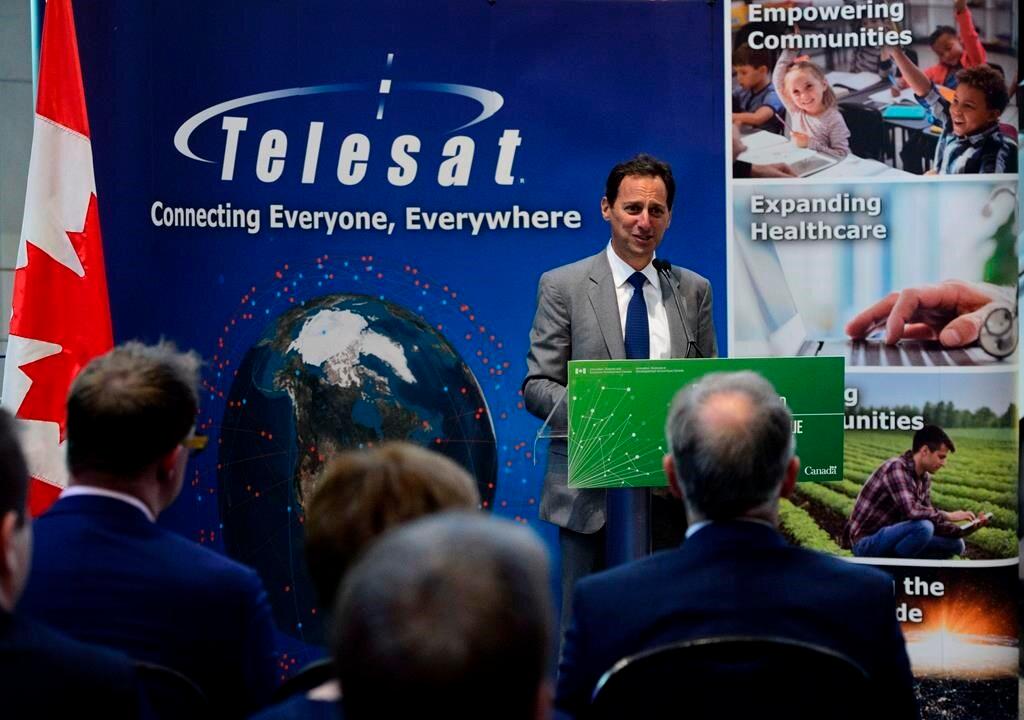OTTAWA—The federal government is investing $85 million into the development of an advanced satellite technology that could expand access to affordable, high-speed internet across Canada’s hard-to-reach rural and remote regions.
The funding will support a space project by Ottawa-based company Telesat to build a group of co-ordinated satellites—also known as a constellation—in low Earth orbit.





